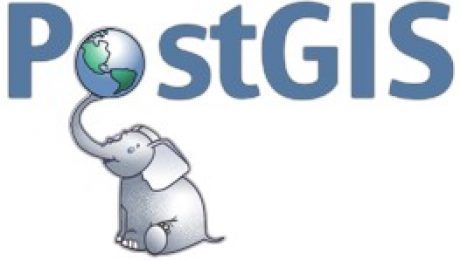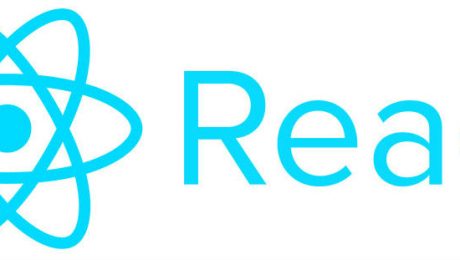Our first tutorial in the QGIS Actions series focuses on how to consume services with your point data. You will learn how to generate random points in your polygon and send their coordinates to the HERE Maps Reverse Geocoder API.
- Published in
Entering the world of projections can be slightly overwhelming. Basically every projection has advantages and disadvantages. Some may preserve elements of direction, distance or area better or worse than others which is why a careful selection of a suitable projection is so crucial.
- Published in
In this tutorial you will learn how to build a powerful elevation API serving a Digital Elevation Model using PostgreSQL, PostGIS and PostgREST.
- Published in
In this tutorial you will learn how to build a spatial REST API with the powerful PostgREST library utilizing PostGIS under its hood – in mere minutes!
- Published in
In this tutorial you will learn how to build a spatial REST API with the powerful PostgREST library utilizing PostGIS under its hood – in mere minutes!
- Published in
Learn how to build a simple web-map application with react, redux, turfjs and leaflet which is able to compute DBScan clusters with places provided by HERE Maps.
- Published in
In this tutorial you will learn how to use ReactJS, Redux and Leaflet to create a simple but powerful map application which is capable of consuming the HERE isochrones API.
- Published in
If you simply want to run Valhalla within a docker container, then feel free to dive into this tutorial. However, to understand the individual steps being called in the provided Dockerfile please refer to part 1 and 2 of this Valhalla Routing series of tutorials.
- Published in




![postgrest-1180×500[1]](https://gis-ops.com/wp-content/uploads/2020/01/postgrest-1180x5001-1-460x260_c.png)
![React-logo-1[1]](https://gis-ops.com/wp-content/uploads/2019/12/React-logo-11-460x260_c.png)
